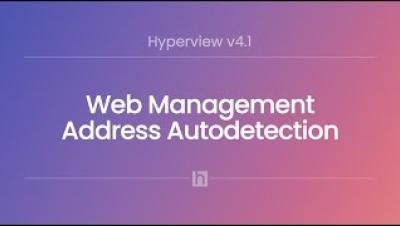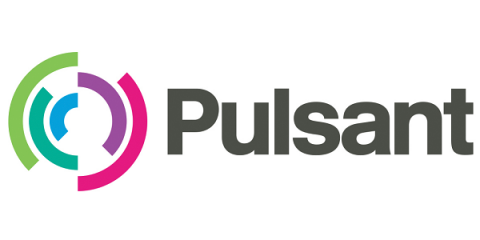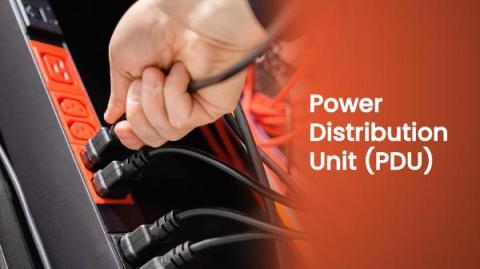Operations | Monitoring | ITSM | DevOps | Cloud
Data Centers
Web Management Address Autodetection
The release of 4.1 comes with some exciting updates. Web management address discovery now becomes a breeze with Autodetection. Firmware Updates now support Panduit Gen5 and nVent Enlogic EN2.0 rack PDUs. Not to mention, the Location Layout offers enhanced floor plan visualization with convenient export options. These updates and more provide you with better control and improved visibility.
Better when closer: the role of the data centre in your network
For those who remember the tech world before the COVID digitalisation gold-rush, the 2019 assertion by Gartner that 'The Data Centre Is (Almost) Dead, ruffled feathers. The report warned that by 2025, 80% of enterprises will shut down their traditional data centres. In fact, 10% of organisations already have. Then the pandemic hit and the global demand for world-class user experiences (for workforces and customers alike) exploded.
NVIDIA H200 Power Requirements: Can Your Racks Support Them?
This week, NVIDIA unveiled what they are calling “the world’s most powerful GPU for supercharging AI and HPC workloads,” the H200 Tensor Core GPU. There is much hype around the H200 as it is the first GPU with HBM3e. The larger and faster memory will further enable generative AI, large language models, and advance scientific computing for HPC workloads. Read the NVIDIA press release.
AR Meets DCIM: A New Age in Data Center Management
Choosing the Right PDU for Your Data Center
There are two main categories of PDUs: Basic PDUs and Intelligent PDUs. Basic PDUs are simple devices that provide power outlets from an input source, such as a wall socket or a UPS. They do not have any intelligence or monitoring capabilities, and they are usually mounted on racks or cabinets. Basic PDUs are suitable for low-density and low-complexity applications that do not require advanced power management features.
The 7 Business Benefits of Colocation Services
While some businesses operate entirely in the cloud, some still have IT infrastructure they need to house. Others are moving from solely cloud environments to a colocation model. From air conditioning systems to networking facilities, there is a lot that goes into looking after IT infrastructure.
Weighing the Costs and Returns of Colocation
As businesses continue to expand their digital footprints, the demand for efficient and secure data management solutions has never been greater. Colocation, the practice of housing servers and IT infrastructure in third-party data centres, has emerged as an attractive option for enterprises seeking enhanced scalability, reliability, and cost-effectiveness. However, before making a decision on colocation, it is vital to carefully assess the financial aspects associated with this service.
5 Ways to Streamline IT Operations With the UK's Northern Connectivity Hub
The Edinburgh South Gyle colocation data centre is the largest and most connected in Scotland, and one of the most connected north of London. In fact, there are 27 carriers available at the centre — more than double the number that any of our other data centres have. In fact, it’s so large and well-connected that we refer to it as the UK’s Northern Connectivity Hub. But what does that mean for your business - and how can you benefit from the colocation services available?
Artificial Intelligence: Friend or Foe?
From the science fiction fantasies of the mid-20th century to today's reality, AI's journey has been a blend of innovation and apprehension. As we contemplate the future of AI, it’s interesting to look back at the early days of AI, how far it’s come and what we might yet expect. AI has the potential to be of huge benefit but could be disruptive in the wrong hands, particularly in the realm of cybersecurity. A Brief History and Development of AI.








